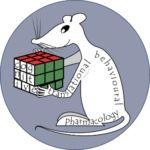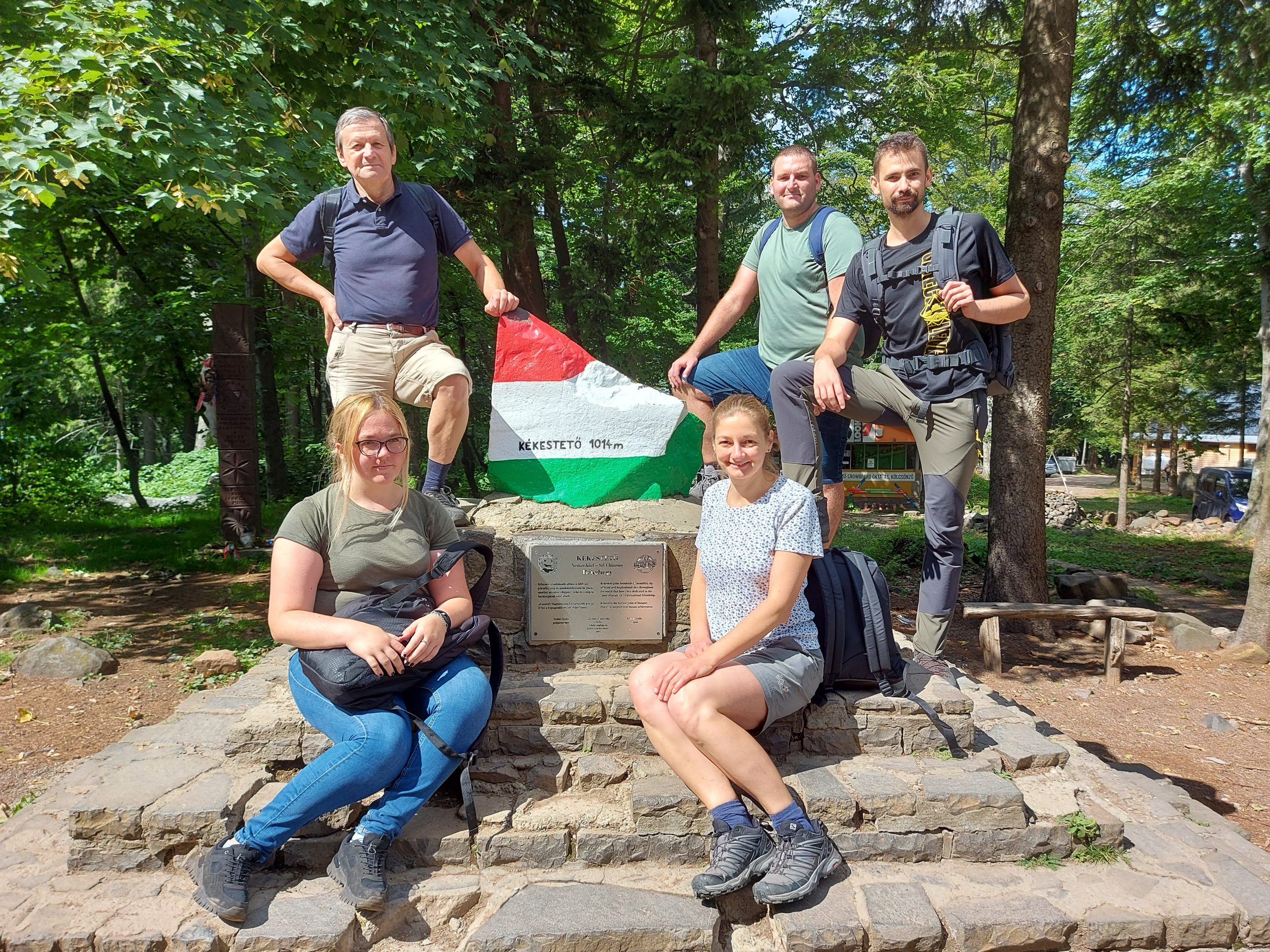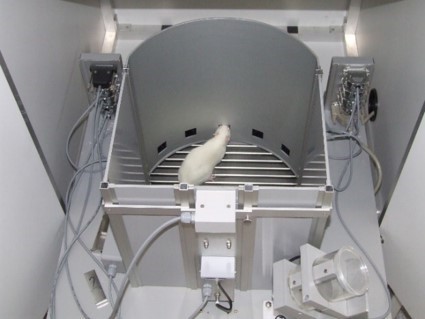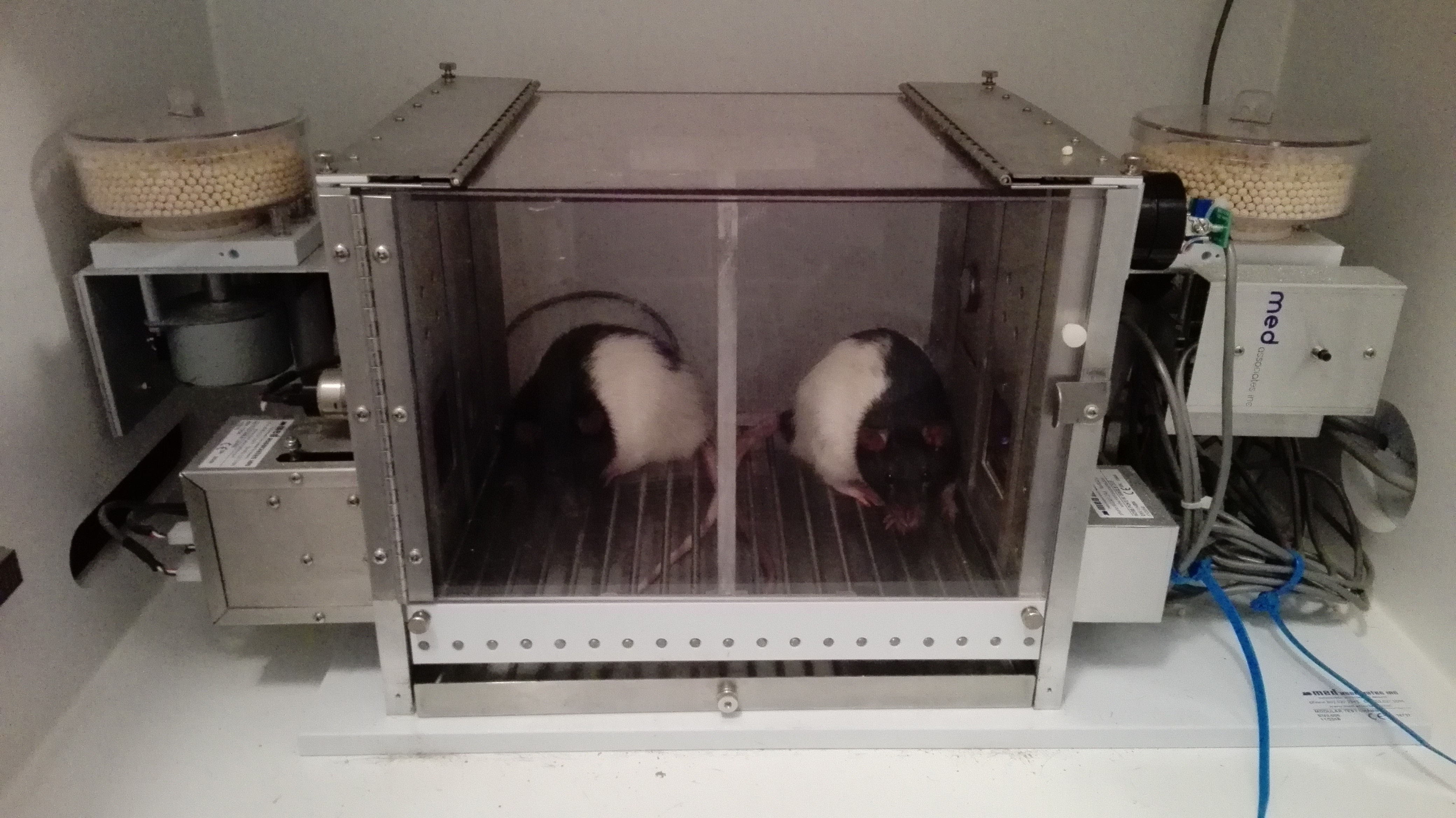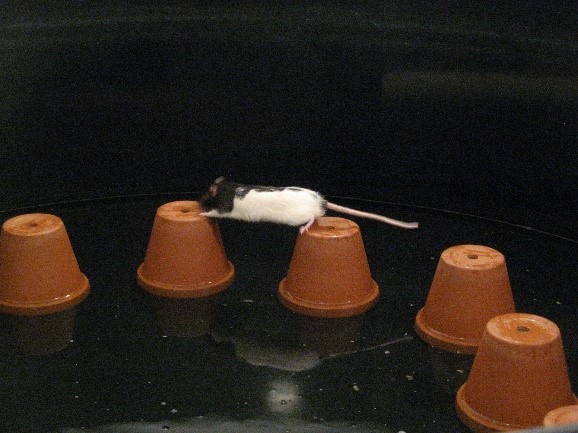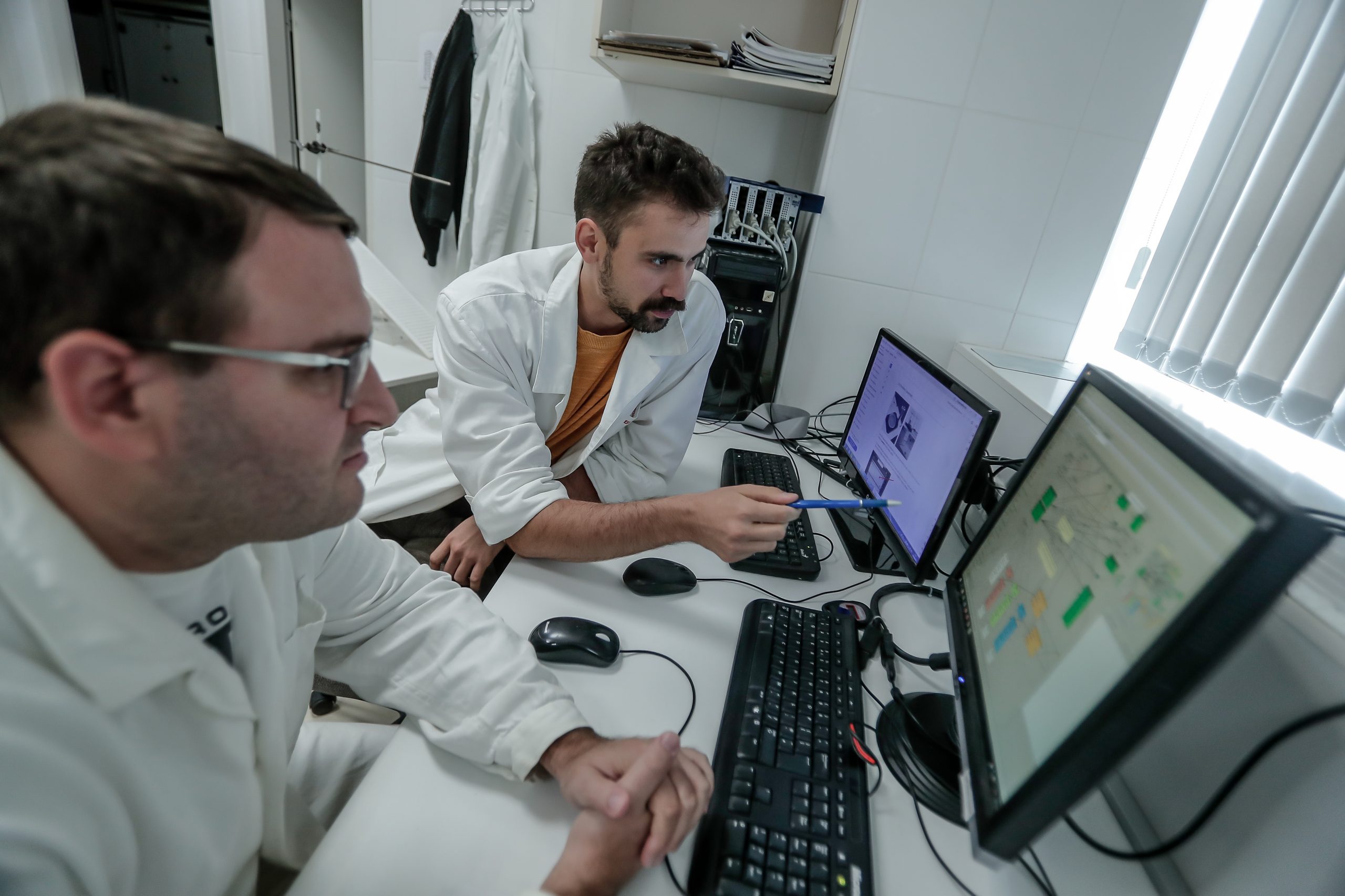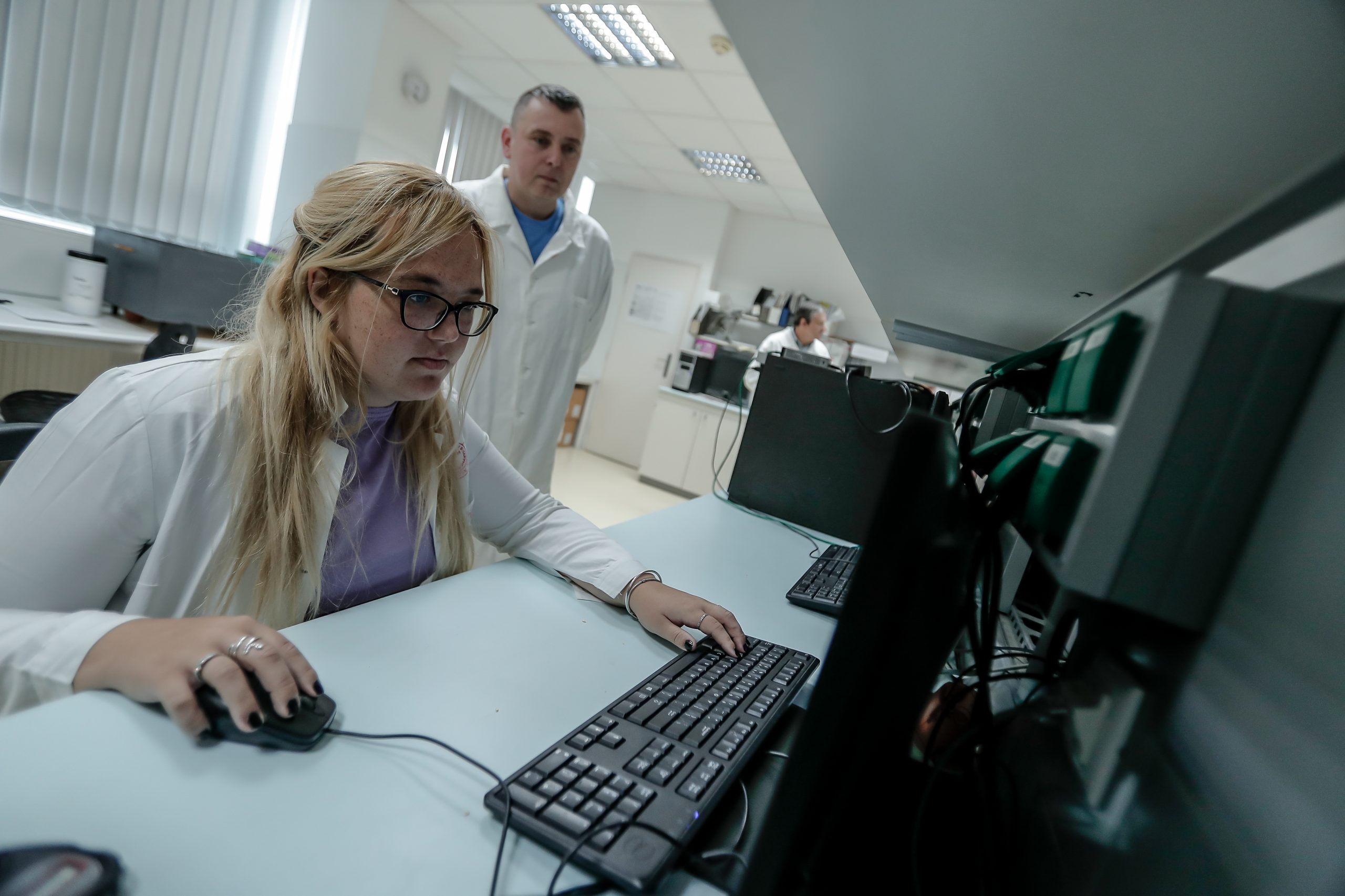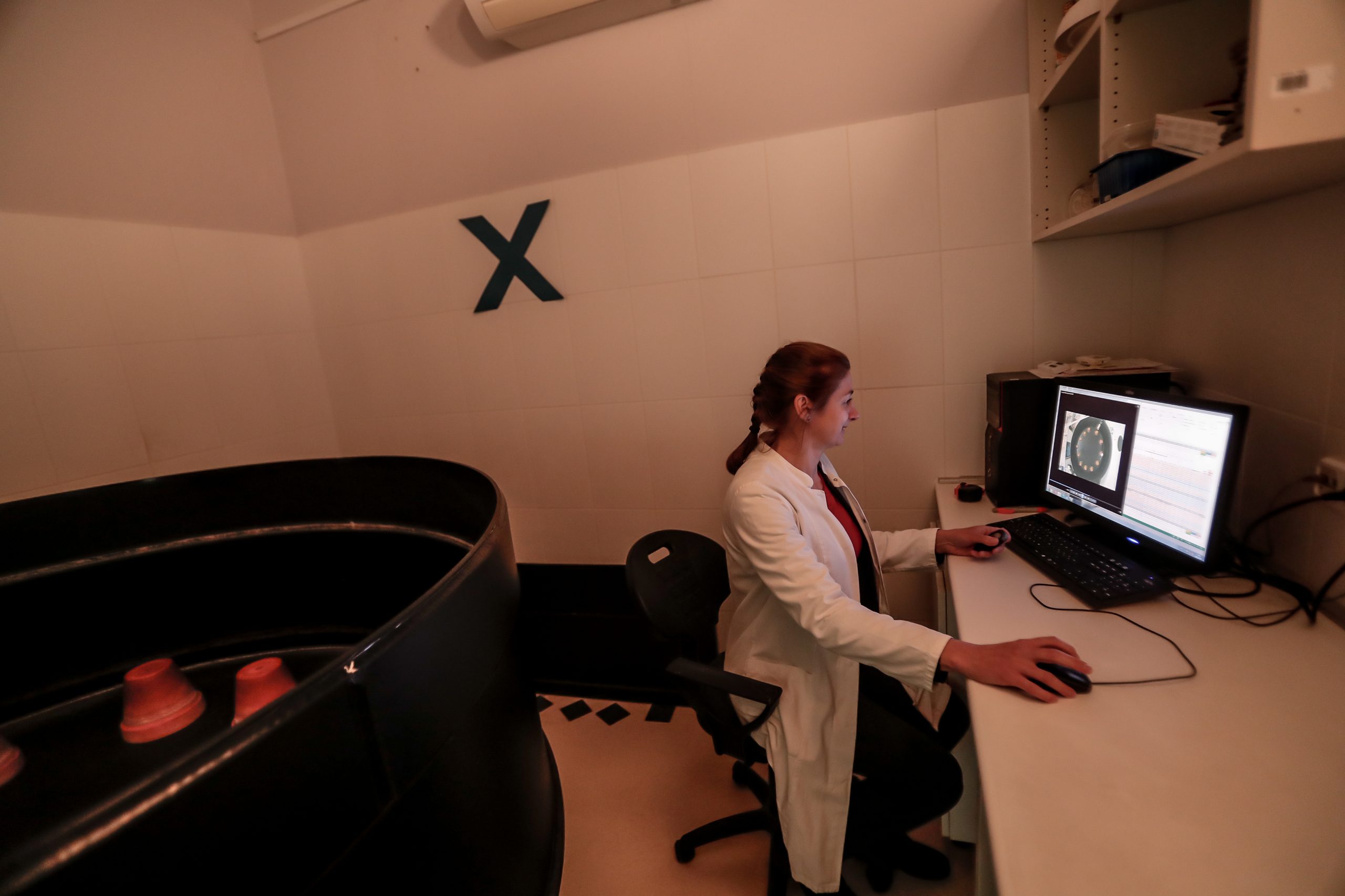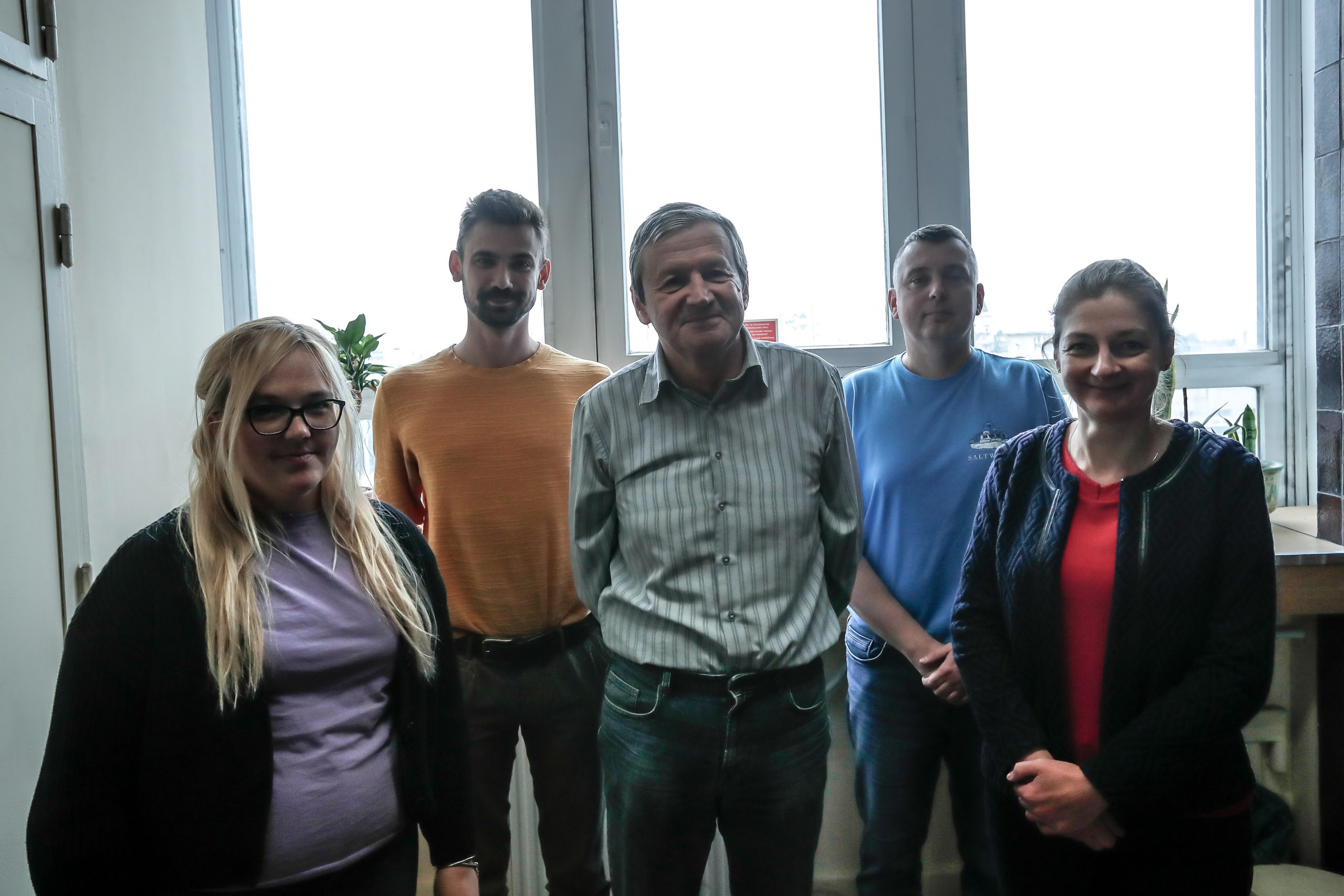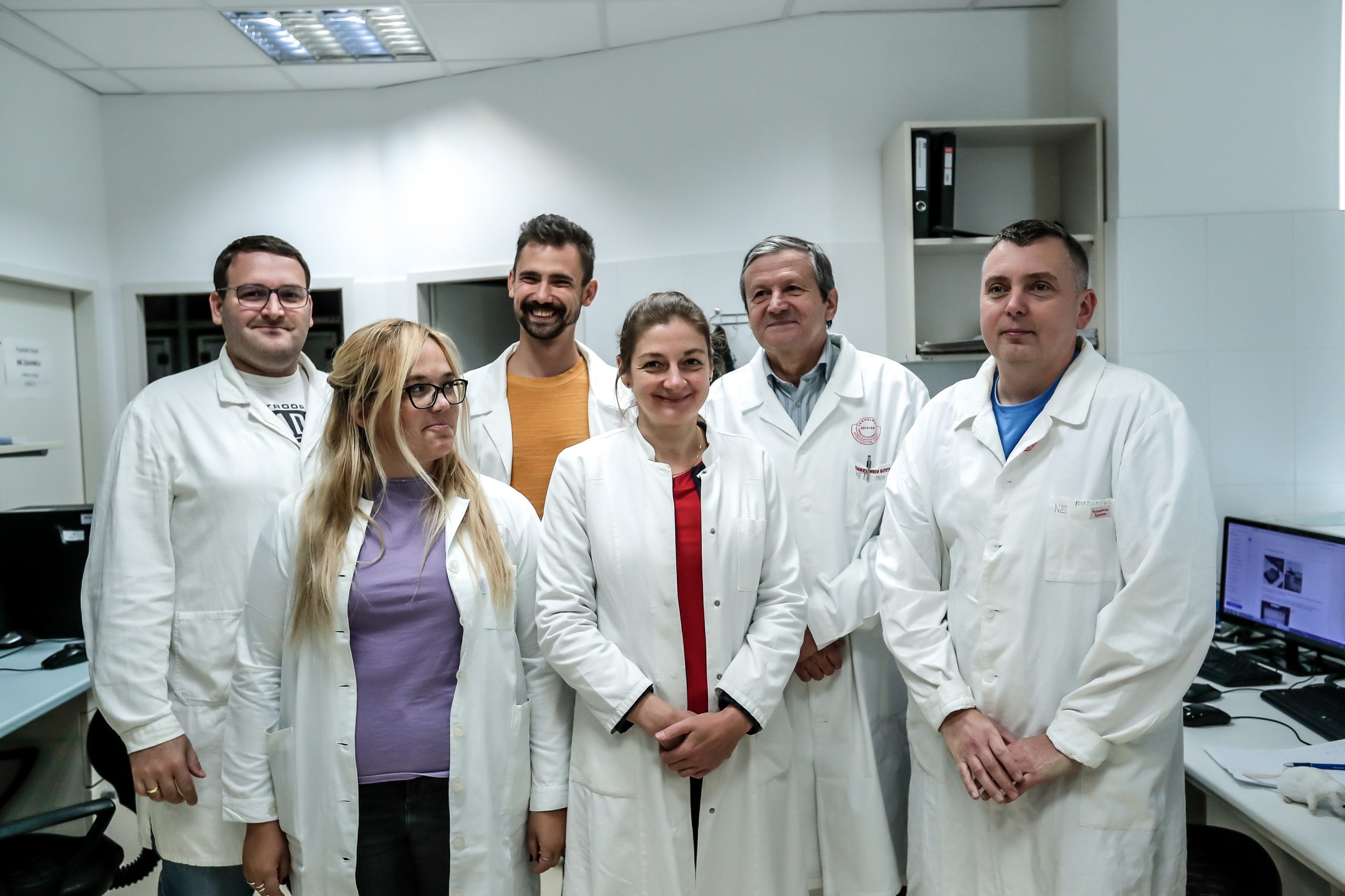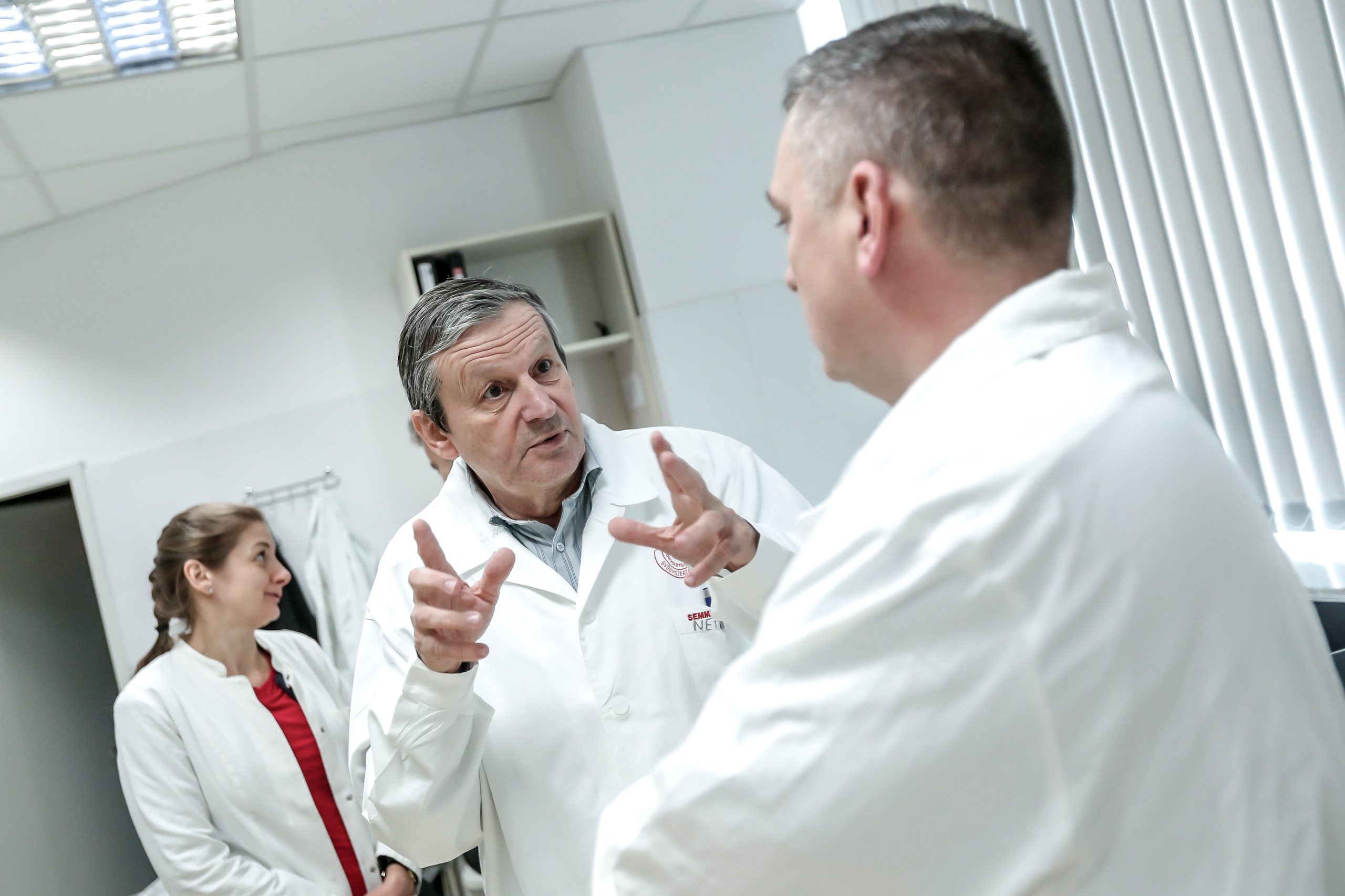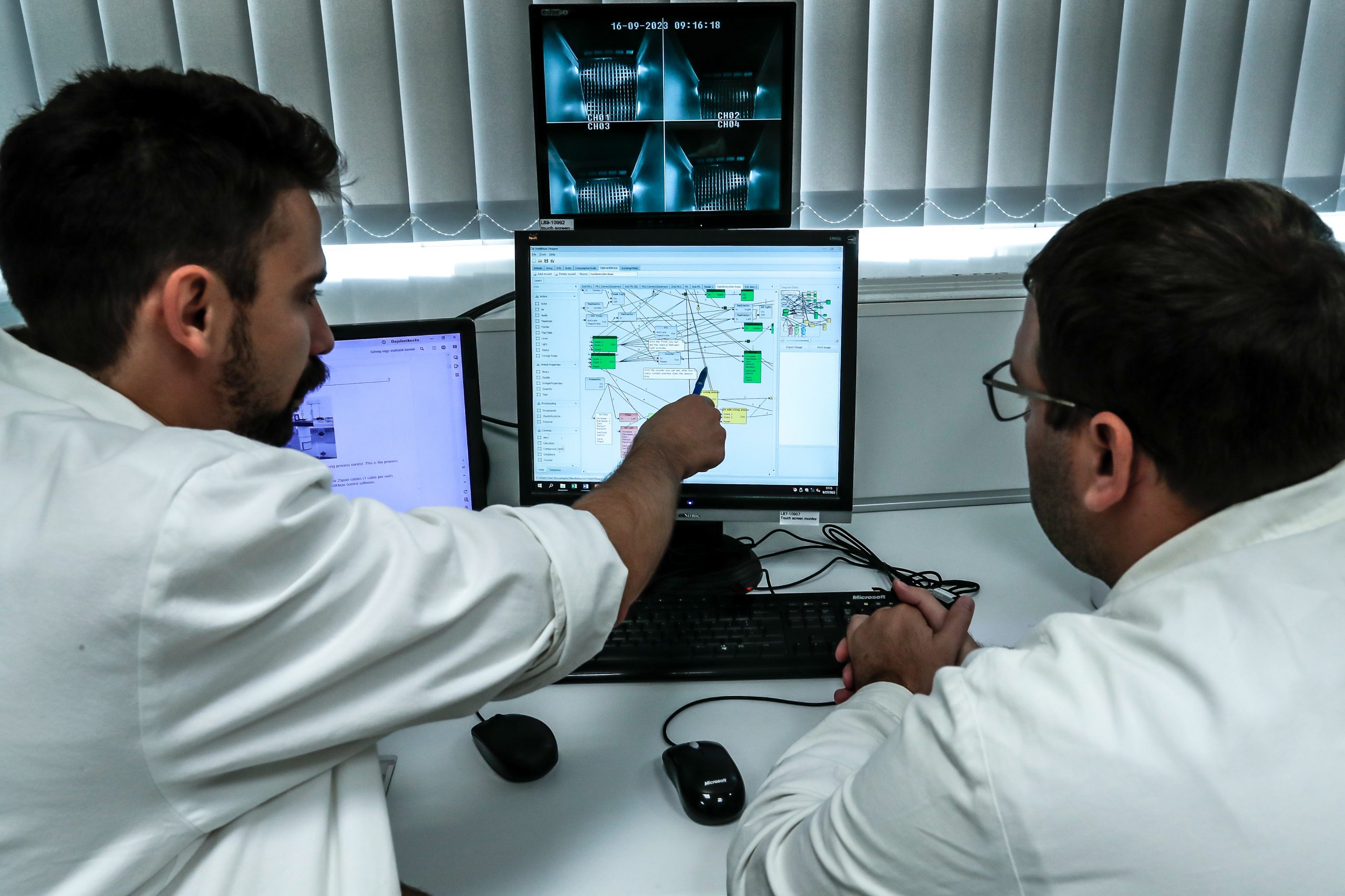Projects
Establishment of a cognitive test battery with high translational value
The aim of this project is to establish a complex cognitive animal test battery, which is able to identify clinically effective cognitive enhancer mechanims with higher hit ratio and precision than the currently applied methods.
Learning and memory are impaired in several neurological and psychiatric illnesses. The most well-known example for memory loss and mental deterioration is Alzheimer’s disease, but severe cognitive deficits are also observed in e.g. schizophrenia or autism.
The current medical treatments of these symptoms are poorly efficacious. As mental state hugely determines the chance of patients to return to normal life and to regain their working capability, the unmet need for effective cognitive enhancers is very high.
Unfortunately, despite that basic research keeps on identifying newer and newer cognitive enhancer mechanisms, clinical development of these drugs faced 100% attrition rate in the last decade. The factors underlying this considerable translational gap are manifold, but inappropriate selection of molecular targets and low translational value of animal models are certainly major contributors.
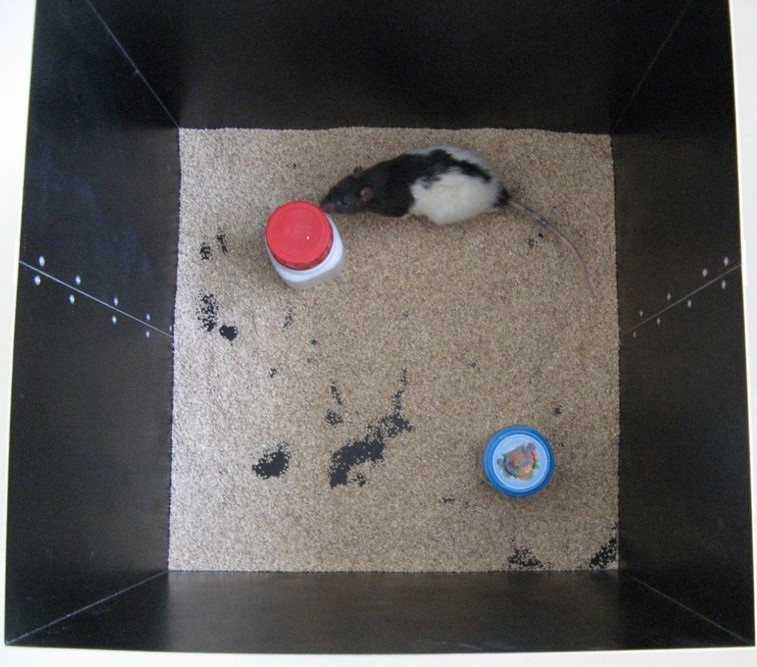 Molecular targets coming out from basic research need rigorous validation in relevant animal models to check their suitability for industrial drug development projects. However, animal models used so far detected a large number of false positive (i.e. clinically ineffective) compounds. The inappropriateness of these methods may lie in their simplicity: impairing a relatively elementary memory function (e.g. passive avoidance or novel object recognition) by a single dose of a pharmacological agent (e.g. scopolamine) may not be a valid model of the robust cognitive deficits characterizing the human disease. More complex paradigms with better face and construct validity should be used.
Molecular targets coming out from basic research need rigorous validation in relevant animal models to check their suitability for industrial drug development projects. However, animal models used so far detected a large number of false positive (i.e. clinically ineffective) compounds. The inappropriateness of these methods may lie in their simplicity: impairing a relatively elementary memory function (e.g. passive avoidance or novel object recognition) by a single dose of a pharmacological agent (e.g. scopolamine) may not be a valid model of the robust cognitive deficits characterizing the human disease. More complex paradigms with better face and construct validity should be used.
In this project rats and mice are tested in several distinct learning paradigms (see the list of methods). In a subset of the tasks, the learning and memory performance of the animals is measured in a harmless condition (e.g. social recognition test), in other tests the subjects have to “work” for food reward (e.g. reaction time tasks, maze navigation). In a few paradigms, aversive stimuli are used to force the animals to complete the task (e.g. escaping from water). Each task represents a model of a human cognitive domain from those which are usually measured in clinical trials. In order to reach a better cognitive performance, animals are kept in environmentally enriched cages, and habituated gradually to the behavioural task. A group of animals is trained for multiple tasks thereby a population with „wide-spread knowledge” is brought about.
For testing cognitive enhancers, the performance of the animals must be impaired. The mode of impairment is a crucial point in modelling the cognitive deficits of a certain disorder. Learning performance can be disrupted in several ways, e.g. by administration of impairing agents, or by genetic modification, or by exposure to environmental stress. Alternatively, drugs can be tested on animals displaying low performance ab ovo (poor learners, aged animals). By applying a particluar cognitive impairing intervention the above group of animals can be transformed to a ‘patient population’ (i.e. subjects with cognitive defect).
Putative cognitive enhancer compunds can then be tested on the wide spectrum of cognitive functions in this ‘patient population’. This is carried out in a „clinical trial” design: double blind, placebo controlled randomized studies are run with (sub)chronic drug treatments.
Experimental methods
Experimental methods
- 5-choice serial reaction time task – attention and impulsivity
- Morris Water-maze – spatial memory
- Barnes maze – spatial memory
- Place recognition – spatial memory
- Spontaneous alternation – short term spatial memory
- Cooperation task in the Skinner box – social cognition
- Cooperation task on the See-saw – social cognition
- Release box – social cognition
- Novel object recognition – recognition memory
- Fear conditioning – fear memory
- Passive avoidance – fear memory
- Shuttle-box – fear memory
- Pot jumping – motor learning
- Locomotor activity measurement – locomotor activity
- Elevated plus-maze – anxiety
- Conditioned place preference – testing addictive and aversive drugs
Main publications
Main publications
- Kozma, K.; Kassai, F.; Ernyey, A.J.; Gyertyán, I. Establishment of a rodent cooperation assay as a model of social cognition. J. Pharmacol. Toxicol. Meth., 97:44-51. (2019)
- Ernyey, A.J.; Bögi, E.; Kassai, F.; Plangár, I.; Gyertyán, I. Translational Difficulties in Querying Rats on “Orientation”. Biomed. Res. Internat., 6149023, 11 p. (2019)
- Ernyey, A.J.; Grohmann P.T.; Kozma, K.; Kouhnavardi, S.; Kassai, F.; Gyertyán, I. Following of aging process in a new motor skill learning model, “pot jumping” in rats. Geroscience, 41: 3:309-319. (2019)
- Gyertyán I, (2017) Cognitive “Omics”: Pattern-Based Validation of Potential Drug Targets. TIPS 38:113-126.
- Gyertyan, I.; Kassai, F.; Kozma, K.; Kitka, T.; Ernyey, A.J. Procognitive profiling of a serotonin 5-HT6 receptor antagonist in a complex model system in rats: A novel translational approach for clinical prediction. Brain research Bulletin, 165:238-245. (2020)
- Gyertyán, I.; Kozma, K.; Kassai, F.; Ernyey, A.J. Rats with long learning experience showed resistance to the impairing effect of MK-801 in several cognitive assays. European Neuropsychopharmacology, 40. S217. P.377 (2020)
- Gyertyán, I. ; Lubec, J. ; Ernyey, A.J. ; Gerner, C. ; Kassai, F. ; Kalaba, P. ; Kozma, K. ; Cobankovic, I. ; Brenner, G.; Wackerlig, J. et al., Cognitive profiling and proteomic analysis of the modafinil analogue S-CE-123 in experienced aged rats. Scientific Reports 11: 23962, (2021)
- Gyertyán, I.; Kassai, F.; Gáspár, A.; Varga, B.T.; Ernyey, A.J. A complex experimental design for measuring the learning impairing effect of repeat dose scopolamine in experienced aged rats. Eur. Neuropsychopharmacol. 53:Suppl. 1, S404. (2021)
- Varga, B.T.; Ernyey, A.J.; Tajti, B.T.; Gáspár, A.; Gyertyán, I. Freezing and ultrasound vocalization in response to contextual and discrete conditional stimuli in a fear conditioning paradigm. Eur. Neuropsychopharmacol. 53:Suppl. 1, S621. (2021)
- Gáspár, A.; Hutka, B.; Ernyey, A.J.; Tajti, B.T.; Varga, B.T.; Zádori, Z.S.; Gyertyán, I. Intracerebroventricularly Injected Streptozotocin Exerts Subtle Effects on the Cognitive Performance of Long-Evans Rats. Front. Pharmacol., 12:662173, 11 p. (2021)
- Kassai, F.; Ernyey, A.J.; Kozma, K.; Plangár, I.; Gyertyán, I. Lack of general learning ability factor in a rat test battery measuring a wide spectrum of cognitive domains. J. Integrative Neurosci, 21:012, (2022)
- Varga, B.T.; Gáspár, A.; Ernyey, A.J.; Hutka, B.; Tajti, B.T.; Zádori, Z.S.; Gyertyán, István. Introduction of a pharmacological neurovascular uncoupling model in rats based on results of mice. Physiol. Internat. 109:405-418. (2022)
- Gáspár A., Ernyey A.J., Tajti, B.T., Varga B.T., Gyertyán I. Cognitive characterization of the scopolamine-induced dementia model in experienced rats. Neurosci, App, 1:100112 100355, (2022)
- Gáspár, A.; Hutka, B.; Ernyey, A.J.; Tajti, B.T.; Varga, B.T.; Zádori, Z.S.; Gyertyán, I. Performance of the intracerebroventricularly injected streptozotocin Alzheimer’s disease model in a translationally relevant, aged and experienced rat population. Scientific Reports 12(1)20247, 13 p. (2022)
- Tajti, B.T.; Yoon, O.; Ernyey, A.J.; Gáspár, A.; Varga, B.T.; Gyertyán, I. Using appetitive motivation to train mice for spatial learning in the Barnes maze. Biomed Res. Internat., 6625491, 16 p (2023)
- Ernyey, A.J.; Kassai, F.; Kozma, K.; Plangár, I.; Somfai, Zs.; Miklya, I.; Gyertyán, I. Age-related decline of various cognitive functions in well-experienced male rats treated with the putative anti-aging compound (2R)-1-(1-benzofuran-2-yl)-N-propylpentane2-amine (( )BPAP). Geroscience: 46:417-429, (2024)
Main cooperations
Main cooperations
- University of Vienna, Department of Pharmaceutical Chemistry
- University of Medicine and Pharmacy of Târgu Mureș, Faculty of Pharmacy, Department of Pharmacology and clinical Pharmacy, Laboratory of Neurophychopharmacology and Ethological Studies
- Pázmány Péter Catholic University, Faculty of Information Technology and Bionics
- Eötvös Loránd University, Department of Physiology and Neurobiology
- Hungarian Academy of Sciences (HAS) Institute of Experimental Medicine
- Hungarian Academy of Sciences (HAS) Research Center for Natural Sciences
- University of Pécs, Institute of Pharmacology and Pharmacotherapy
Members
Workgroup leader:
István Gyertyán, MSc, PhD
Researcher / postdoc:
Aliz Judit Ernyey, MSc, PhD
PhD student:
Bence Tamás Varga, MSc
Yashar Chalabiani
Sandra Marouf
Assistant:
